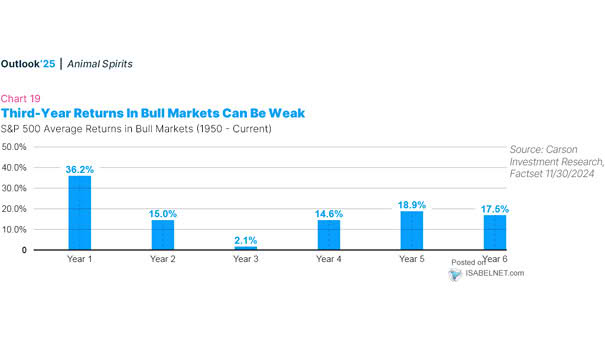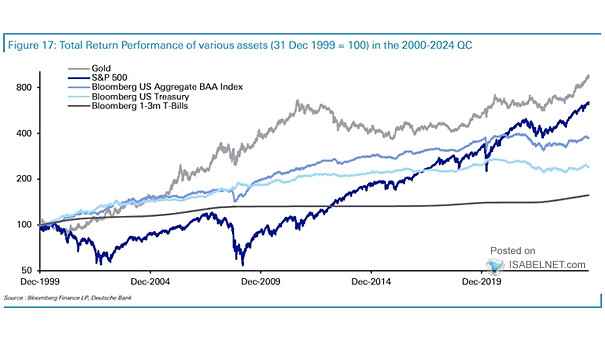S&P 500 Average Returns in Bull Markets
S&P 500 Average Returns in Bull Markets While the third year of a bull market often shows weakness, patient investors may find opportunities in years 4-6, as historical patterns suggest potential for continued growth. Image: Carson Investment Research


